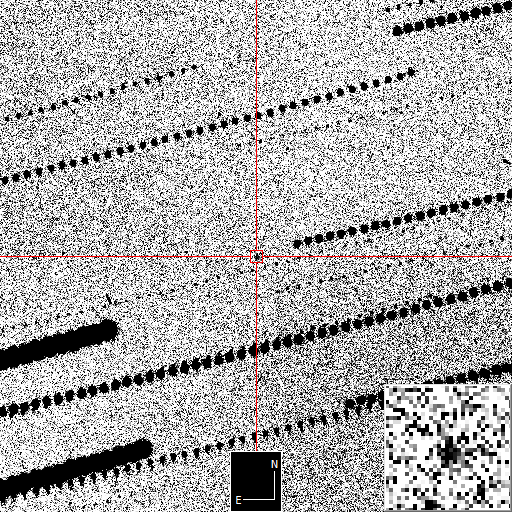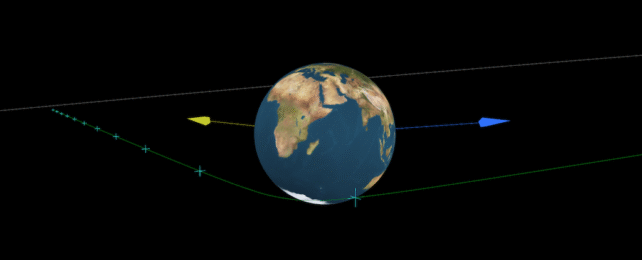Earth was grazed by a tiny asteroid last week, which passed about as close as the International Space Station (ISS). That makes it the second-closest known flyby on record.
The asteroid, designated 2025 TF, whizzed over Antarctica at 00:47:26 UTC on Wednesday 1 October, at an altitude of around 428 kilometers (266 miles). That's within the orbit of the ISS, which ranges between 370 and 460 kilometers.
That's a pretty close shave, but it's not the closest we know of. That honor belongs to a rock called 2020 VT4, which zipped past at a distance of just 368 kilometers in November 2020.
Related: NASA Says Nuclear Explosion Could Save Moon From Asteroid Strike in 2032
Obviously, we're talking about the closest non-impacting flyby here. On occasion, some will make contact with the atmosphere, burn off a little mass, and skip off like a stone from the surface of a pond.
Plenty of other asteroids have gotten much closer still. Just ask the dinosaurs. And of course, it's only out of those we know about – it's likely that in its 4.5-billion-year history, Earth has had even closer calls.

Even if it had hit Earth, 2025 TF wouldn't have been anything to worry about. The rock only measures between 1 and 3 meters (3.3 and 9.9 feet) wide, so at most it would have put on a nice light show for anyone watching, and potentially left a small meteorite for some penguin to find.
The rock wasn't actually discovered until it had already passed Earth. The Kitt Peak-Bok Observatory in Arizona was the first to report it, at 06:36 UTC, but it was later tracked back to data in the Catalina Sky Survey, which captured it just two hours after its closest pass.
While 2025 TF is currently charging away into the inky blackness, it will likely swing back around for another pass. According to JPL estimates of its future orbit, it'll be back in our neighborhood in April 2087, but this time it'll keep its distance.
It will only come within about 8 million kilometers of Earth, or about 21 times farther away than the Moon.
